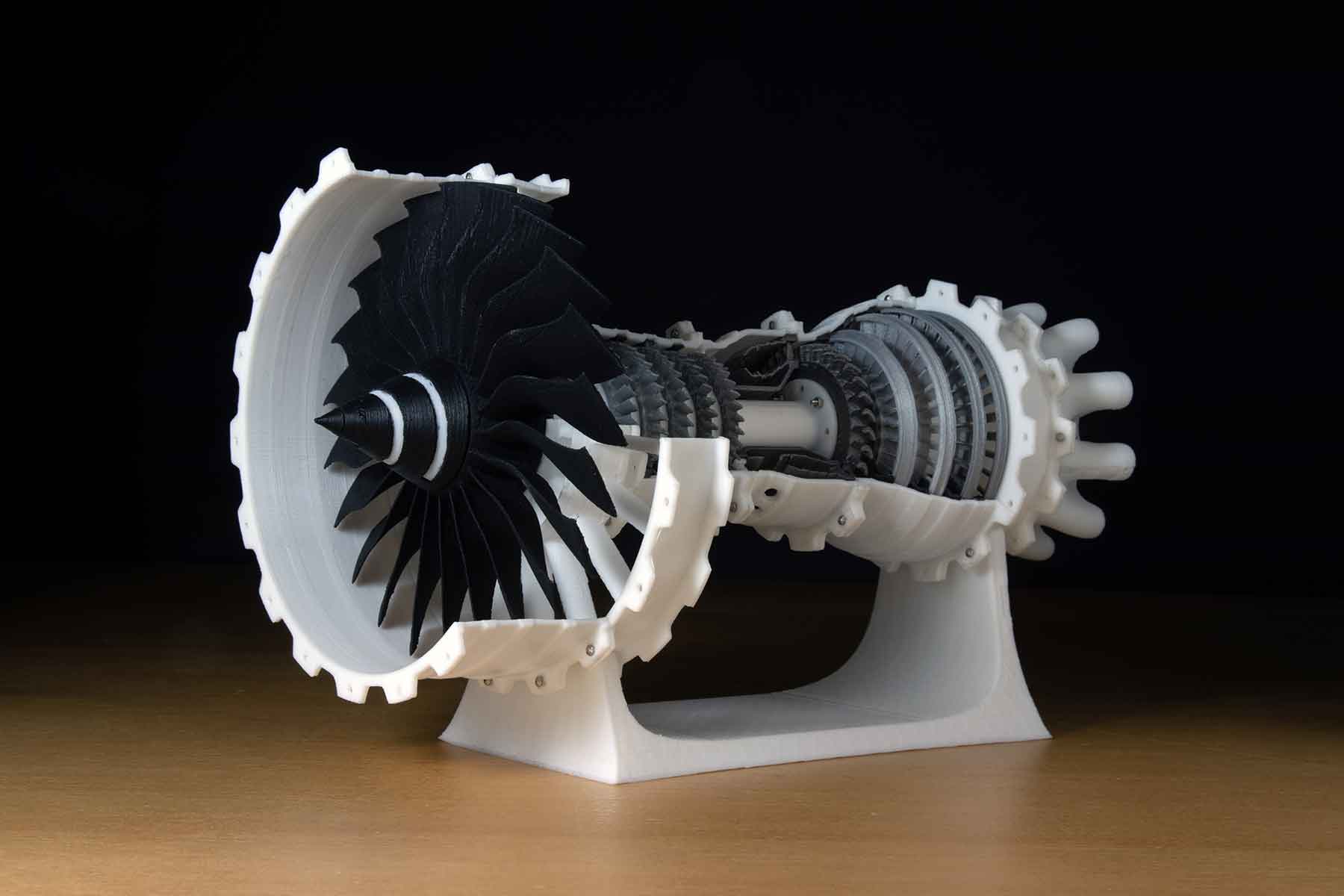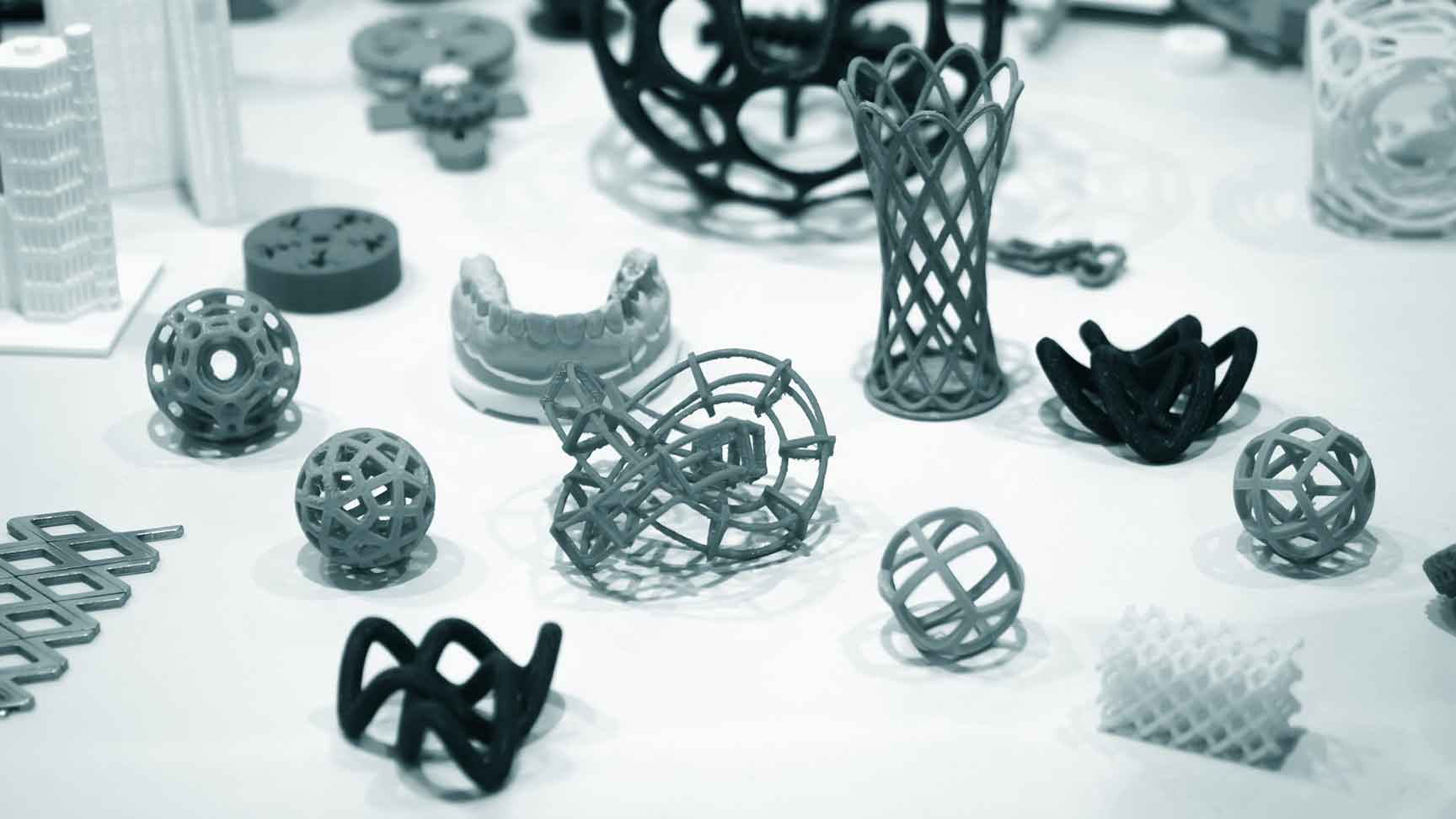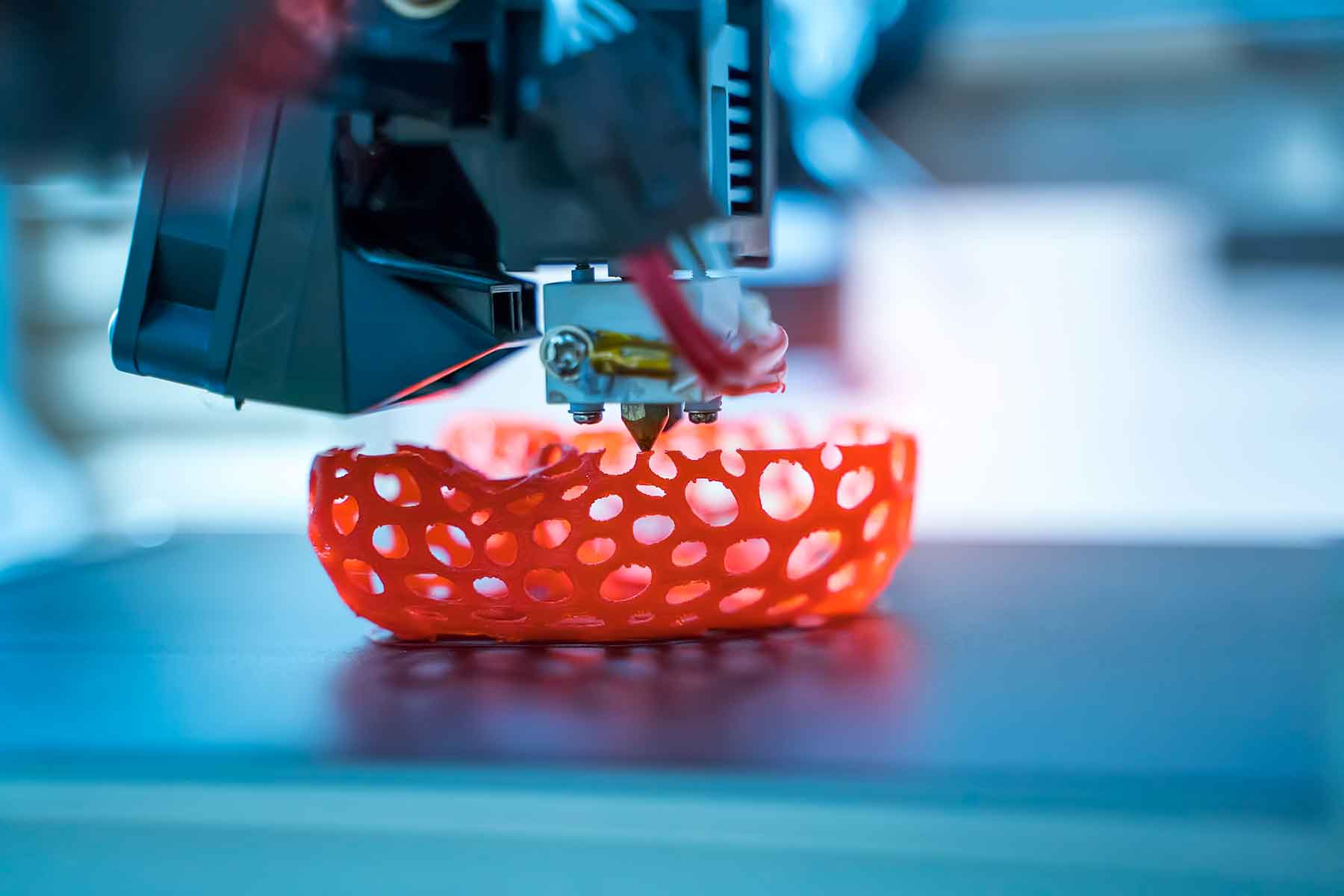Traditional manufacturing processes often require manufacturers to produce products in large quantities to justify the costs associated with tooling, setup, and inventory management. However, customer demands are evolving, and businesses are increasingly seeking the ability to produce low-volume, high-mix products without the burden of inventory or minimum order quantities. Additive manufacturing, also known as 3D printing, has emerged as a transformative solution that enables on-demand production, customization, and flexibility. Let’s explore how additive manufacturing revolutionizes the production of low-volume or high-mix products, providing businesses with greater agility and responsiveness.
Additive manufacturing eliminates the need for expensive tooling and setup processes required in traditional manufacturing. With 3D printing, products can be produced directly from digital designs, bypassing the need for molds, dies, or fixtures. This advantage allows manufacturers to shift from mass production to on-demand production, reducing upfront costs and eliminating the need for minimum order quantities. As a result, businesses can efficiently produce low-volume, high-mix products without incurring the financial burden of maintaining excess inventory.
Additive manufacturing enables high levels of customization and personalization, catering to individual customer preferences. Through 3D printing, manufacturers can easily modify digital designs to accommodate specific requirements, such as unique sizes, shapes, or features. This level of customization allows businesses to offer a wide range of product variations and fulfill diverse customer demands, without the need for large production runs. By leveraging additive manufacturing, manufacturers can tap into niche markets, offer personalized products, and enhance customer satisfaction.
Additive manufacturing enables rapid prototyping and faster time-to-market for low-volume, high-mix products. With traditional manufacturing, developing new products or making modifications to existing ones often involves lengthy lead times. However, 3D printing facilitates the quick iteration of designs, allowing manufacturers to produce functional prototypes rapidly. This accelerated development process ensures faster product validation, design refinement, and market introduction. As a result, businesses can respond swiftly to changing customer preferences, market trends, or emerging opportunities, gaining a competitive edge.
Additive manufacturing minimizes inventory requirements and simplifies supply chain management. By adopting on-demand production, manufacturers can produce low volumes of products as needed, eliminating excess inventory, and associated carrying costs. Additionally, the consolidation of multiple products or variations into a single digital design reduces the number of components, streamlines the supply chain, and reduces complexity. The result is a leaner and more efficient production process that reduces waste, optimizes resources, and ensures better cost control.
Additive manufacturing enables manufacturers to conduct market testing and iterate products more efficiently. Businesses can produce small batches of products to gauge customer response, gather feedback, and make necessary improvements. This iterative process allows for faster product iteration cycles, reduces the risk of investing in large production runs with uncertain market acceptance, and supports data-driven decision-making.
Additive manufacturing revolutionizes the production of low-volume, high-mix products, providing businesses with greater flexibility, customization, and agility. By eliminating tooling costs, enabling customization, accelerating time-to-market, reducing inventory requirements, and facilitating product iteration, additive manufacturing empowers manufacturers to meet diverse customer demands, respond quickly to market dynamics, and reduce financial risks. Embracing on-demand manufacturing through additive manufacturing opens new avenues for innovation, customer satisfaction, and business growth. Stay ahead of the competition, embrace additive manufacturing, and unlock the potential of producing low-volume, high-mix products on demand.




